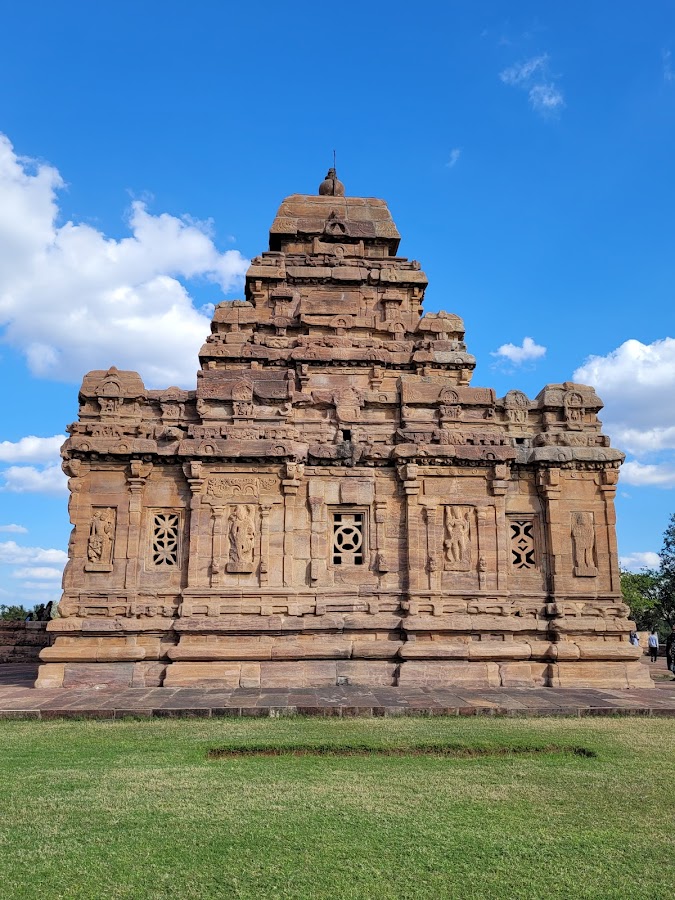
Kadasiddeshwara Temple
Pattadakal, India
- Admire the Chalukya architectural style.
- Explore the intricate carvings on the walls.
- Learn about the history of the temple.
- Photography of the temple's sculptures.
- Visit other temples in Pattadakal.
Known for:
Description:
The Kadasiddeshwara Temple, located in Pattadakal, a UNESCO World Heritage site, is a stunning example of early Chalukya architecture. This temple, dedicated to Lord Shiva, is renowned for its intricate carvings and unique architectural style, which blends elements of both North Indian and South Indian traditions. The temple's walls are adorned with elaborate sculptures depicting scenes from Hindu mythology, showcasing the artistic prowess of the Chalukya artisans. Its relatively simple yet elegant design makes it a captivating site for history buffs and art enthusiasts alike. The temple stands as a testament to the rich cultural heritage of the region and offers a glimpse into the religious and artistic practices of the Chalukya dynasty.
History:
Constructed in the 7th century AD during the reign of the Chalukya dynasty, the Kadasiddeshwara Temple is one of the earliest structures in Pattadakal. The Chalukyas, known for their patronage of art and architecture, transformed Pattadakal into a major center for temple construction. The Kadasiddeshwara Temple, along with other temples in the complex, reflects the dynasty's experimentation with different architectural styles, blending the Nagara (North Indian) and Dravida (South Indian) styles. While the temple's inscriptions provide limited historical details, its architectural features offer valuable insights into the artistic and religious landscape of the Chalukya period. It is believed that the temple served as a significant religious center during its time, attracting devotees and contributing to the cultural vibrancy of Pattadakal.